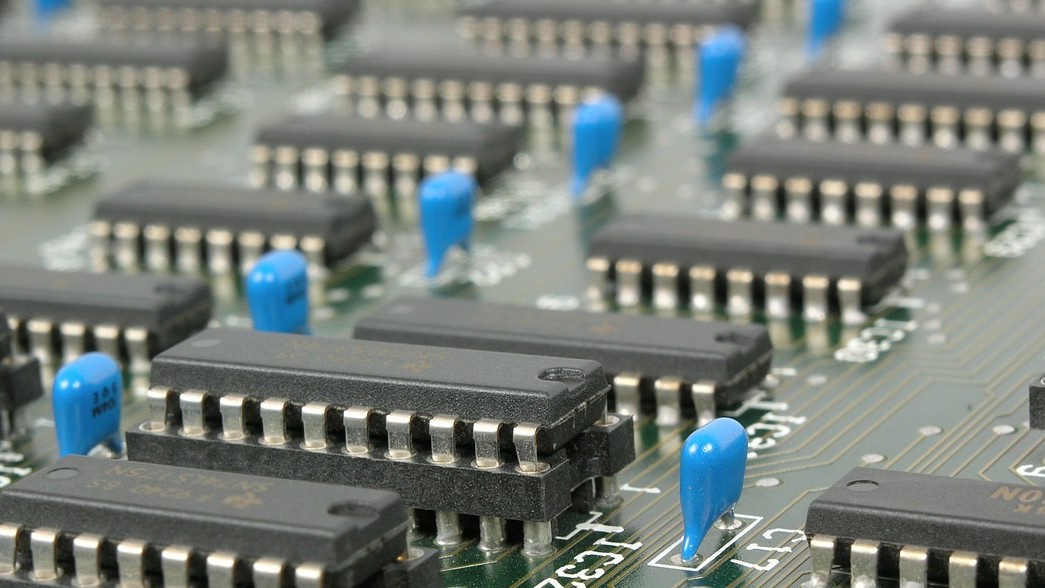Growing plants, whether it’s for food or decoration, seems simple enough. Make sure it’s in good soil, gets plenty of sun, and is watered adequately.
This formula gets uprooted when scaled to meet the demands of countries and businesses. We cover how the delivery of water, called irrigation, plays a key role in meeting those demands, the different irrigation systems, and technological developments for the growing market.
Irrigation – A Simple and Important Purpose
Article Guide
Irrigation is the process of applying water to the soil for various purposes. It is usually used in areas where natural rainfall is irregular, during dry times, or when drought is anticipated.
The process is artificial. It requires people using various systems of tubes, pumps, and sprays to apply the water. Natural means like the watering of crops in agriculture through rainfall is often referred to as rain-fed.
Irrigation Uses Beyond Agriculture
Irrigation is most associated with food production, especially agriculture. Interest in well-managed watering systems has increased over the past few years as nations face future food shortages and lack of fresh water. Countries are forced to figure out ways to water those crops as efficiently as possible within those limitations.
Besides growing food like vegetables and fruit, irrigation is also involved in important endeavors like:
- Helping to maintain landscapes
- Revegetating disturbed soils in dry areas
- Providing frost protection for plants
- Suppressing weed growth like in grain fields
- Preventing soil consolidation
- Cooling down livestock
- Suppressing dust in dry areas
- Helping in the disposal of sewage
Extracting precious metals from soil through heap leaching
Types of Irrigation Systems
Irrigation has been practiced throughout human civilization for thousands of years. As a result, there are many types of irrigation systems in the modern era.
Surface irrigation
Water simply runs down, over, and across a field by gravity. Globally, surface irrigation is by far the most common form of irrigation and continues to be practiced virtually unchanged throughout many countries.
Manual irrigation
Water is distributed across a field through people using watering cans and similar containers. As one can imagine, this system is very labor intensive and rarely used to grow cash crops especially in most modern nations.
Localized irrigation
Plants receive water from a nearby piped network which distributes the precious fluid under low pressure.
Drip irrigation
A type of localized irrigation, drip irrigation delivers drops of water at or near the root of plants. This way, evaporation and runoff are minimized.
Lateral move irrigation
This system uses a moving wheeled frame to bring the attached hose-and-sprinkler system down the field to water crops. After reaching a certain distance, workers come in and reconnect the hose for the next distance. Lateral move irrigation, while laborious, is less expensive than more automated systems.
Center pivot irrigation
Similar to lateral move irrigation, center pivot systems irrigate the field from their wheeled tower frames in a circular pattern. They may miss crops growing in corners because they don’t move across the field.
Overhead sprinkler irrigation
Fields using this irrigation system pipe water to overhead high-pressure sprinklers or guns located in central areas in the field. The similar micro-irrigation system uses less pressure and water flow than overhead.
Sub-irrigation
The above irrigation systems water plants by sprinkling water on their soil where it trickles down into the root system. Sub-irrigation, on the other hand, waters plants from below. This is done by raising any high water tables below the fields enough to moisten the soil underneath the plants’ root zone. Permanent grasslands in lowlands or river valleys are typical candidates for sub-irrigation.
Innovating Irrigation Through Smart Sensors, AI
Industries which use irrigation extensively like agribusiness and landscape development are always on the lookout to maximize their water use at minimal effort and costs. Low-cost sensors and artificial intelligence are a couple of the more exciting technologies towards this goal.
Low-cost smart sensors
Smart sensors in agriculture can be used to monitor everything from the level of moisture in the plant and soil to the amount of minerals like salt. The information can then be sent to the local industrial mini PC to adjust the irrigation system to deliver the right amount of water.
Unfortunately, these commercial agriculture irrigation sensor systems are very expensive especially for the smaller farmers. Manufacturers are currently offering new, low-cost sensors that use simpler, less technological setups as well as work via connected nodes as a solution.
Artificial Intelligence and Irrigation
Areas suffering irrigation issues and other problems like pests can now be spotted with a variety of technologies like satellite imagery, plane, or drone photography. Combined with the above sensors, countries can quickly gather real-time information on areas in desperate need for irrigation.
That data, though, does not take into account other considerations like crop yield as well as financial needs like profitability or cost containment.
An artificial intelligence (AI) for irrigation can be programmed to take in such factors. It would directly control the watering schedule for the affected area or provide instructions to farmers in the area via their industrial tablet. It would adapt through machine learning as feedback of its actions come through the above systems.
Other irrigation-oriented tech include the use of industrial-scale nanobubbles to protect irrigation systems from the water running through them, and solar-powered irrigation and fertigation automation.
Market for Irrigation Systems
Though irrigation is used in many industries, agriculture is still the biggest user of irrigation systems. Globally, irrigation systems grew from $4.73 billion in 2019 to $9.18 billion by 2027. Compound annual growth rate, or CAGR, is forecasted to be 8.64 percent from 2020 to 2027.
Closing Comment
Involved in the watering of crops that feed billions, irrigation plays a major role in agriculture and related sectors. Irrigation comes in many different systems and is used across other industries as well.
If your company, whether it’s involved in farming, soil conservation, or even mining, is looking for effective uses of computer technology with irrigation, contact a representative from Cybernet.
Also follow Cybernet on Facebook, Twitter, and Linkedin to stay up to date on this and other relevant topics.
Types of Industrial PCs Used in Industrial Automation
February 10, 2017
The industrial sector is increasingly experiencing the impact of the Industry 4.0 concept. Whether you are looking to optimize the workflow, increase production or savings in maintenance, or explore new automation…
0 Comments8 Minutes
How Embedded Computer Systems in the Industrial Field Are Changing Manufacturing As We Know It
July 7, 2016
Though you may not realize it, embedded computer systems exist in many facets of our everyday lives and work. An embedded computer system is any special-purpose system that is fully enclosed. Whereas a general computer…
0 Comments4 Minutes
You Can't
Learn from a Pop-up
But we can deliver knowledge to your inbox!
We dive deep in the industry looking for new trends, technology, news, and updates. We're happy to share them with you.
Knowledge, News, and Industry Updates Right in Your Inbox




